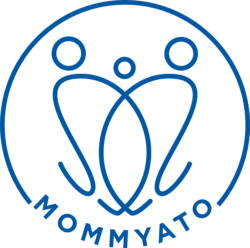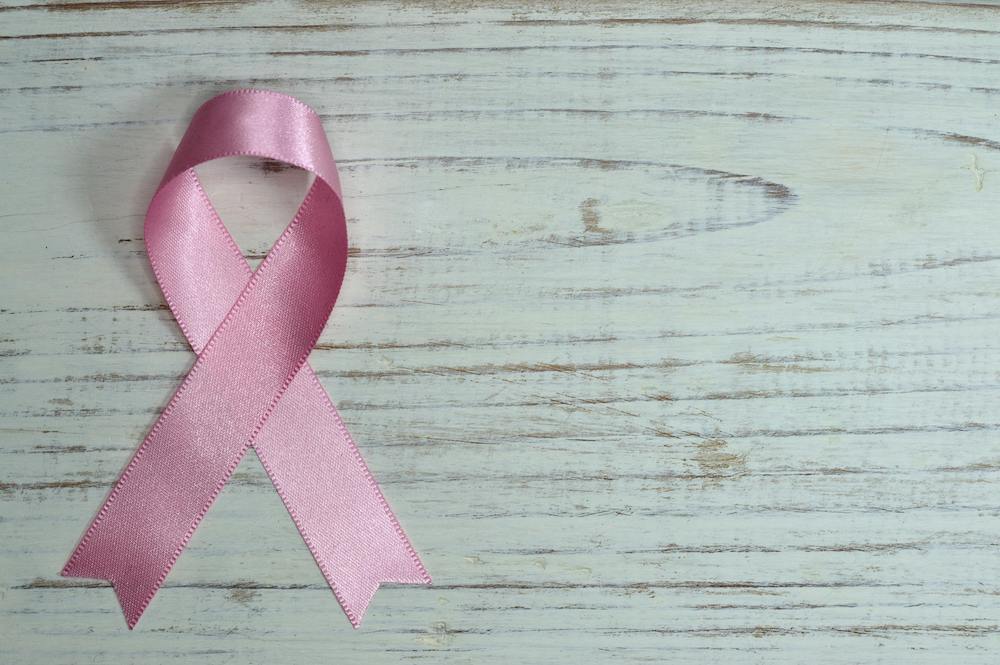Posted at 09:56h
in
Health,
Postpartum
Giving birth is a peak, life-changing experience, but it can also take a toll on women’s bodies. The pelvic floor, in particular, is pushed to its limits during pregnancy and childbirth.
Posted at 09:48h
in
Health
For expecting mothers, the onset of the flu season can be especially daunting. Pregnancy can weaken the immune system, making it harder to fight off these viruses. So, you’ll want to take extra precautions throughout your pregnancy and postpartum period. And of course, take extra precautions to protect your little one when she arrives too!
Posted at 15:44h
in
Health,
HIV,
Newborn Health
Pregnancy is an exciting and joyful time, but if you’ve been diagnosed with a sexually transmitted infection (STI), you may feel worried and uncertain instead. You may be wondering if your baby will be healthy if you have a STI.
Posted at 10:20h
in
Family Health,
Health
The first week of December is National Handwashing Awareness Week. Handwashing is critical to interrupting the chain of infection that spreads germs and disease. So let’s do a review of the fast facts to keep you and your babies safe!
Posted at 12:02h
in
Health,
Pregnancy
September 12-18 is Folic Acid Awareness Week with the National Birth Defects Prevention Network.
Did you know that all women of reproductive age should be taking 400 mcg of folic acid every day?¹ This is because many women are nutrient deficient in folic acid, which is a B vitamin. When women who are deficient in this vitamin become pregnant, their babies are at risk for neural tube defects.
If you have a new cancer diagnosis, talk to your doctor about ways you can preserve your fertility before treatment.
In honor of National Cancer Survivor Day on June 2, 2024, let’s take a closer look at how cancer affects a woman’s fertility and some of the current options to preserve it.
In honor of Maternal Mental Health in May, let’s look more closely at postpartum anxiety, panic, and obsessive compulsive disorders (OCD). Postpartum anxiety, panic and OCD are part of a broader classification of postpartum mood disorders, which also includes postpartum depression and postpartum psychosis.
Postpartum anxiety disorders are very common in women, often occurring immediately or within 4-6 weeks after giving birth. Postpartum anxiety is characterized by fearful and distressing thoughts or feelings after the birth of the baby.
Posted at 08:39h
in
Health,
Preeclampsia
Hey Mama! May is National High Blood Pressure Education Month with the Centers for Disease Control (CDC). It’s time to focus on the signs of high blood pressure, the risks, and what you can do to avoid it. This is especially important information for pregnant and postpartum women!
High blood pressure during pregnancy is called preeclampsia. Preeclampsia is a part of a spectrum of high blood pressure disorders that occurs during pregnancy: gestational hypertension (high blood pressure during pregnancy), preeclampsia, eclampsia, and HELLP syndrome.
Posted at 10:50h
in
Health,
Postpartum
C-sections (cesarean sections) are fairly common these days. So common that some people may think having one is a breeze and the recovery is uncomplicated. But, a c-section is actually abdominal surgery.
Posted at 11:50h
in
Health,
Postpartum
New mothers sometimes forget… since it took 9 months for your body to grow and develop a baby, it can also take months to feel “normal” again after giving birth. If you’re breastfeeding, you may not feel “back to normal” until after you’ve weaned. Many women never look and feel the same after giving birth. And, truly, why should we? A woman has grown, nurtured, and given birth to another person from her own body. As a result of this physiological process, some bodily changes will be temporary, others permanent. We encourage new mothers to embrace this reality and accept it as a loving initiation into motherhood.













